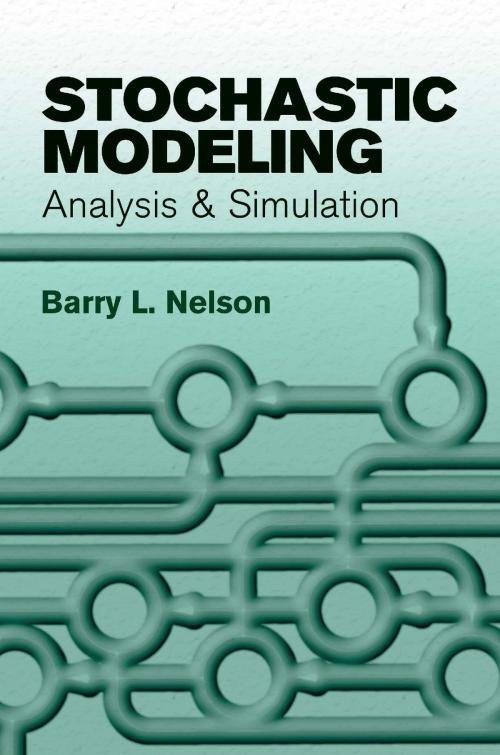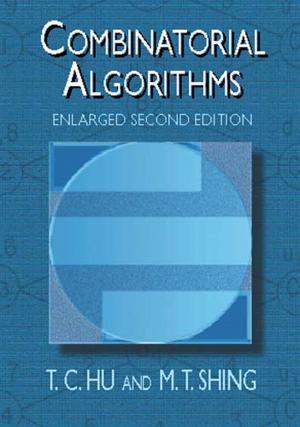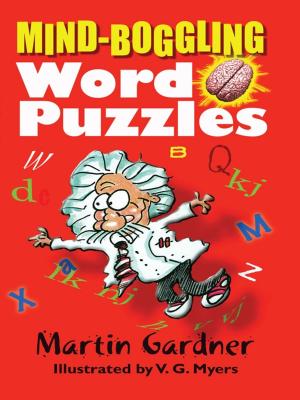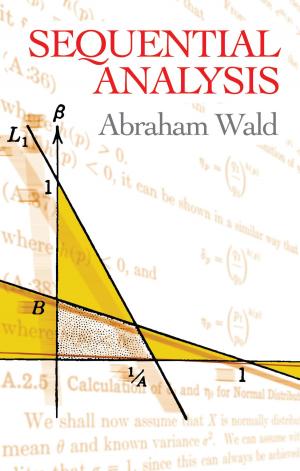Stochastic Modeling
Analysis and Simulation
Nonfiction, Science & Nature, Mathematics, Mathematical Analysis| Author: | Barry L. Nelson | ISBN: | 9780486139944 |
| Publisher: | Dover Publications | Publication: | October 11, 2012 |
| Imprint: | Dover Publications | Language: | English |
| Author: | Barry L. Nelson |
| ISBN: | 9780486139944 |
| Publisher: | Dover Publications |
| Publication: | October 11, 2012 |
| Imprint: | Dover Publications |
| Language: | English |
A coherent introduction to the techniques for modeling dynamic stochastic systems, this volume also offers a guide to the mathematical, numerical, and simulation tools of systems analysis. Suitable for advanced undergraduates and graduate-level industrial engineers and management science majors, it proposes modeling systems in terms of their simulation, regardless of whether simulation is employed for analysis.
Beginning with a view of the conditions that permit a mathematical-numerical analysis, the text explores Poisson and renewal processes, Markov chains in discrete and continuous time, semi-Markov processes, and queuing processes. Each chapter opens with an illustrative case study, and comprehensive presentations include formulation of models, determination of parameters, analysis, and interpretation of results. Programming language–independent algorithms appear for all simulation and numerical procedures.
A coherent introduction to the techniques for modeling dynamic stochastic systems, this volume also offers a guide to the mathematical, numerical, and simulation tools of systems analysis. Suitable for advanced undergraduates and graduate-level industrial engineers and management science majors, it proposes modeling systems in terms of their simulation, regardless of whether simulation is employed for analysis.
Beginning with a view of the conditions that permit a mathematical-numerical analysis, the text explores Poisson and renewal processes, Markov chains in discrete and continuous time, semi-Markov processes, and queuing processes. Each chapter opens with an illustrative case study, and comprehensive presentations include formulation of models, determination of parameters, analysis, and interpretation of results. Programming language–independent algorithms appear for all simulation and numerical procedures.















